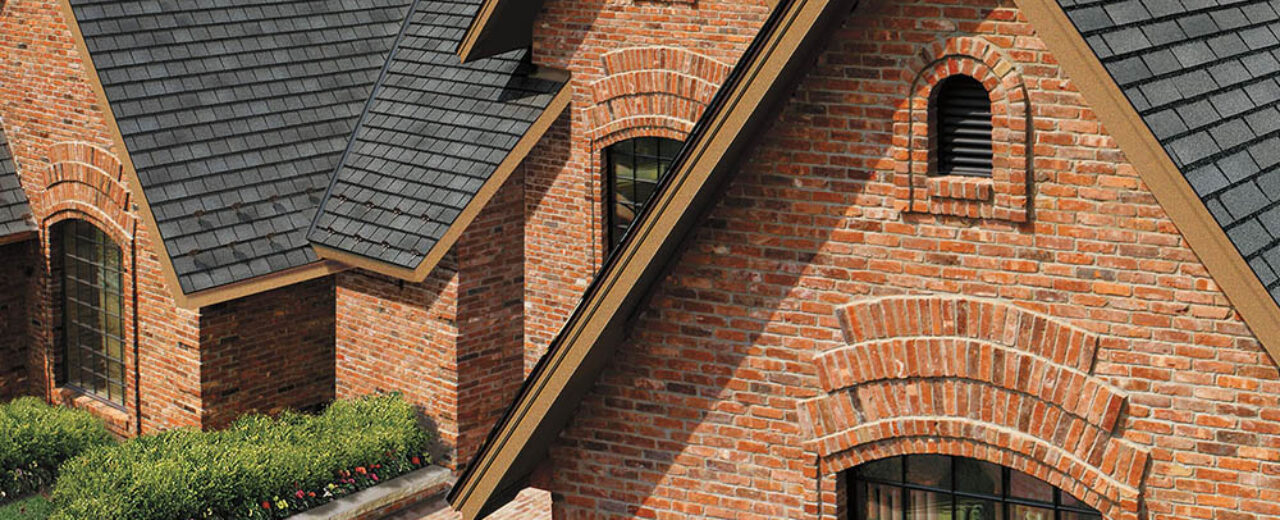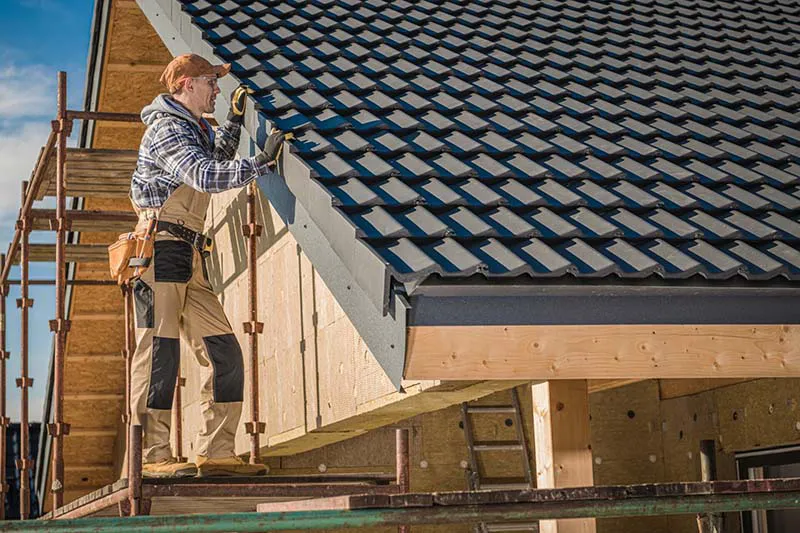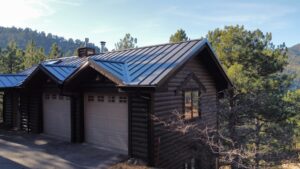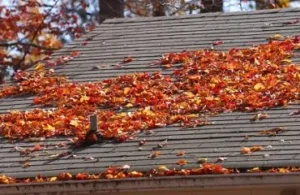When you install a new roof or renovate your home’s current roof, you may wonder, “does ventilation matter when roofing your home”? While the answer seems simple on the surface, it’s more complex when you get down to the nuts and bolts of roofing and attic ventilation. Some ventilation systems may not provide enough ventilation at all!
Let’s answer this question and more in a detailed breakdown.
Yes, Ventilation Does Matter When Roofing Your Home
That being said, more ventilation without proper installation or choosing the right system is not necessarily better.
That’s because any good roofing and attic ventilation system require both a good vent setup and an exhaust system. The vents have to bring air in and take the air out to prevent moisture from collecting in your roof or attic and causing long-term problems.
You could run into problems like :
- Having lots of soffits ventilation (through vents installed at the soffits of your roof) intake but not enough or not properly installed exhaust, forcing your system to function improperly.
- Having tons of attic ventilation but not enough intake at your soffits would also lead to problems down the road.
So, while ventilation matters when roofing your home, you need to make sure ventilation is handled carefully and properly. Ideally, you’ll hire trained roofing specialists like The Roofing Center.
Balancing Ventilation and Attic Space
According to the US Federal Housing Authority, every home should have a recommended one square foot of attic ventilation per every 300 ft.² of attic floor space. The one square foot of attic ventilation should, furthermore, be split evenly between intake and exhaust.
While this is a good starting point for designing your home’s roof ventilation system, it can become more technically complex as you go along. That’s one big reason why you should hire experienced roofing contractors like The Roofing Company when deciding on ventilation for your home’s roof.
Ventilation Matter When Roofing Your Home: Choose a Ventilation System and Stick with It
The next big issue many people run into is failing to stick with a chosen ventilation system or combining ventilation systems improperly.
Generally, you’ll use one of two ventilation systems: turtle or off ridge venting systems or continuous ridge ventilation systems. Turtle systems have distinct vents that pop out of the top of your home’s roof. Continuous ridge ventilation systems run along a continuous line. Both venting systems can work, but you should never mix the two
Why You Shouldn’t Mix Ventilation Systems
You don’t want to mix your ventilation systems because the lower venting system, such as the turtle vent system, will become an intake flow for the continuous ridge ventilation system. In simpler terms, it’ll draw in hot air, then expel the hot air up by about 2 feet into the ridge vent system.
Why is this bad? Simply put, it doesn’t move the air where it needs to go and causes moisture to build up in your attic. This can, over time, cause issues with moisture damage or mold. On top of all that, it will cause your home and/or attic to become hot and uncomfortable in the summer. It could even cause damage to your roof shingles given enough time.
Ventilation Matter When Roofing Your Home: Pick a Reputable Roofer for Ventilation Renovations
Ultimately, the best way to avoid having ventilation systems with your home is to contract with a reputable roofing team like The Roofing Center. As experts in rooftop ventilation and installing stone-coated steel roofs, we’re the best choice when designing a new roof or renovating your current roofing ventilation system.
Contact us today for more information about whether ventilation matters when roofing your home.







